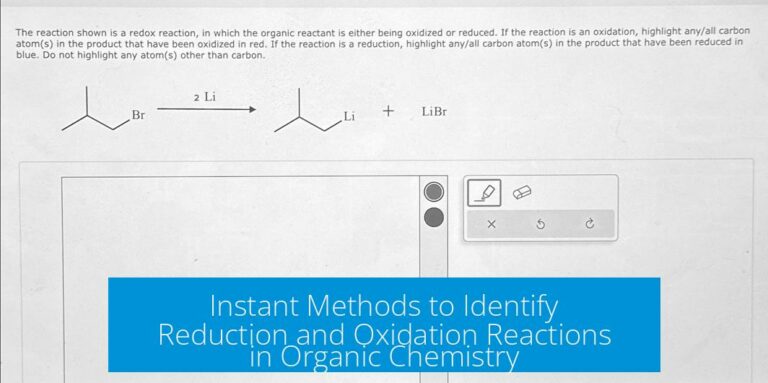Standardization: How to Do It?

Standardization involves preparing a solution of known concentration by using a stable primary standard, then titrating another solution (usually a base) to determine its exact concentration accurately. This process is fundamental in analytical chemistry to ensure precise titrations.
1. Choosing a Stable Standard
Begin by selecting a primary standard. It must be a chemical substance that is very pure, stable, and non-hygroscopic. It should have a known and constant composition. Potassium hydrogen phthalate (KHP) is a common choice because it meets these criteria and can be weighed precisely.
2. Preparing the Primary Standard Solution
Accurately weigh a specific amount of the primary standard. Dissolve it in distilled water to make a solution with a precisely known molarity. The accuracy in measuring the mass directly influences the solution’s exact concentration. For example, weighing 0.2042 grams of KHP and dissolving it in 100 mL will give an exact concentration based on stoichiometry.
3. Standardizing the Base
After preparing the primary standard, use it to titrate the base solution. Slowly add the base to the primary standard until the reaction reaches the endpoint, indicated by a suitable indicator color change or pH meter reading. Record the volume of base used. Calculate the actual concentration of the base using the known concentration and volume of the primary standard solution and the volume of the base required to neutralize it.
4. Using the Standardized Base in Further Titrations
Once the base concentration is known precisely, use this standardized base to titrate other solutions of unknown concentration, such as wine. This allows determining properties like acidity with confidence. The accuracy of these subsequent measurements depends on the correctness of the standardization step.
Summary Table of the Standardization Process
| Step | Action | Purpose |
|---|---|---|
| 1 | Choose stable primary standard (e.g., KHP) | Ensure accurate mass and known purity |
| 2 | Prepare primary standard solution | Make solution with exact concentration |
| 3 | Titrate base against primary standard | Find actual concentration of base |
| 4 | Use standardized base to titrate target | Determine unknown properties like acidity |
Key Takeaways
- Use a stable, pure primary standard like potassium hydrogen phthalate.
- Accurately weigh and prepare the primary standard solution.
- Titrate the base with this primary standard to determine its exact concentration.
- Apply the standardized base for accurate analysis of unknown solutions.
Following these steps ensures reliable and precise analytical results in titrations and related chemical assays.





Leave a Comment